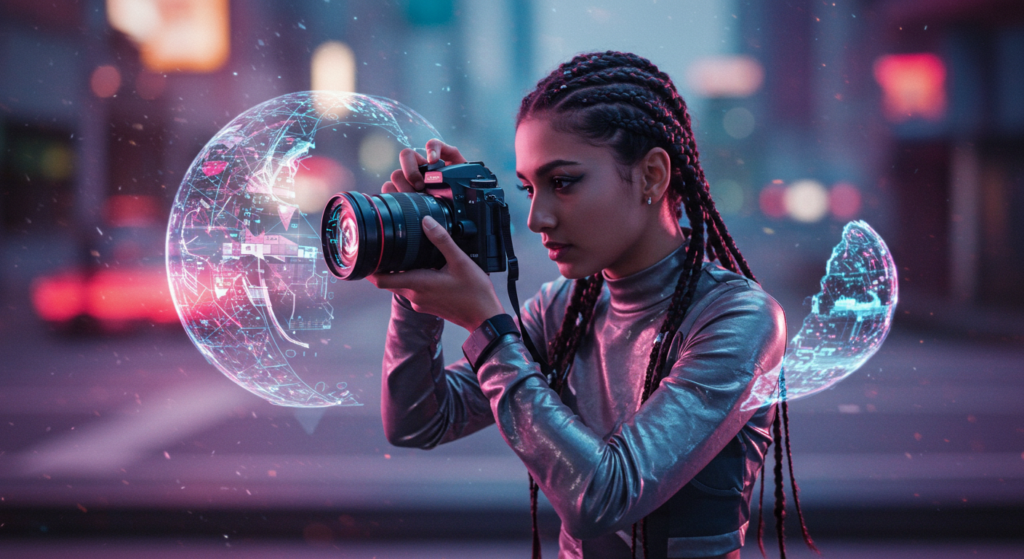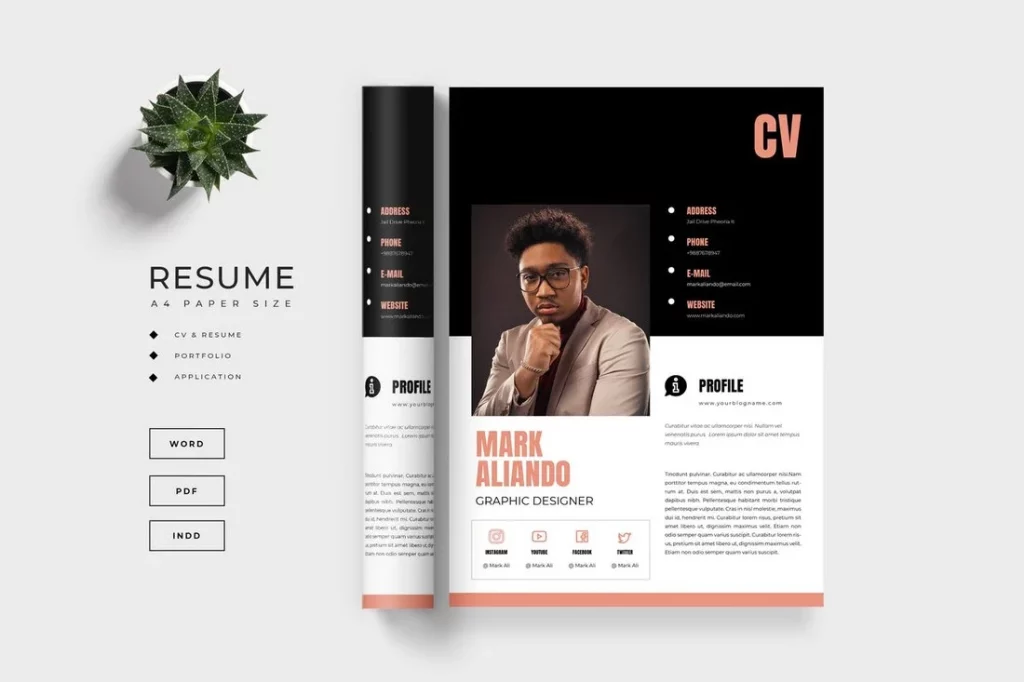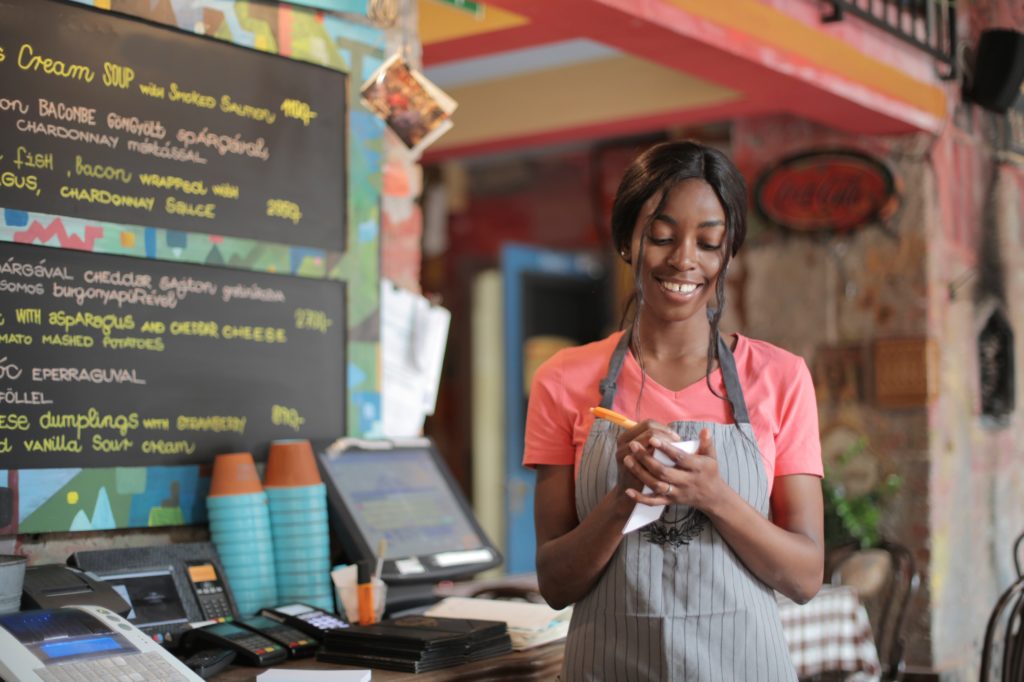Photography has always been a blend of artistic vision and technological innovation. Photography is evolving fast, blending creativity with cutting-edge tech. AI-powered tools now enhance everything from shooting to editing, making workflows faster and more efficient. This article explores how automation is transforming photography and what it means for the industry.
Smarter Editing: Faster, Better, Easier Post-production used to take hours—AI now does it in minutes.
Top AI Editing Tools and Their Features:
Adobe Photoshop & Light-room AI Tools
Content-Aware Fill: Automatically removes unwanted objects from images.
Neural Filters: AI-powered retouching for skin smoothing, aging, and colour enhancements.
Sky Replacement: Automatically detects and replaces skies in images.
Luminar Neo
AI Portrait Retouching: Enhances skin texture, lighting, and facial features without manual adjustments.
Atmosphere AI: Adds fog, haze, or mist to create dramatic effects.
Topaz Labs AI
AI Gigapixel: Upscales images without losing quality.
AI Sharpen & De noise: Improves sharpness and removes noise from images, especially in low-light conditions.
Benefits of AI Editing
Time Efficiency: Reduces hours of manual editing and more shooting.
Ensures Consistency: Ensures uniformity in editing styles for professional work.
Boosts Accessibility: Allows beginners to achieve professional-grade results with minimal effort.
With AI-driven automation, photographers can now focus more on composition, lighting,
and storytelling rather than spending excessive time in post-production.
How AI is Changing Studio Photography:
Faster, More Reliable Autofocus: No more manually adjusting focus points.
Automatic Composition Adjustments: AI suggests better framing and perspective corrections.
Improved Low-Light Photography: AI enhances images shot in dim studio settings.
These innovations enable both professional and beginner photographers to achieve high-quality results effortlessly.
AI-Generated Images and Ethical Concerns
One of the most controversial aspects of AI in photography is its ability to generate images from scratch. AI programs like Mid journey, DALL·E, and Stable Diffusion can create hyper-realistic images without a camera.
Opportunities with AI-Generated Photography:
Marketing & Advertising: Brands can create promotional images without the need for a photoshoot.
Concept Art & Storyboarding: AI can assist in visualising ideas before executing a shoot.
Enhancing Creativity: AI can generate backgrounds, textures, and visual effects for photography projects.
Ethical Concerns & Challenges:
Authenticity & Copyright: Who owns an AI-generated image? Can AI replicate copyrighted styles?
Impact on Professional Photographers: Will AI replace traditional photography jobs?
Misinformation & Deep fakes: AI can create fake but realistic-looking images, leading to ethical dilemmas in journalism and media.
Despite these challenges, AI remains a tool rather than a replacement for photographers. Ethical guidelines and responsible usage are crucial for balancing AI’s advantages with its risks.
Conclusion
AI is revolutionising photography, making it faster and more accessible. While it opens new creative doors, ethical concerns remain. The key? Embrace AI as a tool—not a replacement—to stay ahead in the industry.



